Occupant behavior affects the building energy use directly and indirectly by opening/closing windows, turning on/off or dimming lights’, turning on/off equipment, turning on/off heating, ventilation, and air-conditioning (HVAC) systems, and setting indoor thermal, acoustic, and visual comfort criteria. Occupant behavior is a driving factor. Occupant behavior is also one of the most significant sources of uncertainty in the prediction of building energy use by simulation programs due to the complexity and inherent uncertainty of occupant behavior. Getting occupants actively involved during the designs and operation of buildings is a key to achieving high energy performance without scarifying occupant comfort or productivity. Pilot projects demonstrated that low emery systems, such as natural ventilation, shading to control solar heat Gains and glare, daylighting to dim lights’, and demand controlled ventilation, especially need the interactions and collaborations of occupants. Energy savings from 5 to 30% were achieved by behavioral studies that motivate changes to occupant behavior. Occupant behavior drives occupants’ interactions with building systems which strongly influence the building operations and thus energy use/cost and indoor comfort, which in-turn influences occupant behavior thus Forming a closed loop.
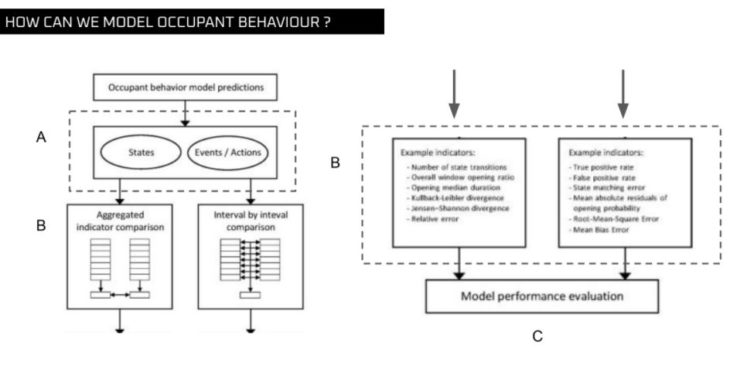
https://www.ieaebc.org/Data/publications/EBC_Annex%2066_Occupant_Behavior_Modeling_Approaches_and_Evaluation.pdf
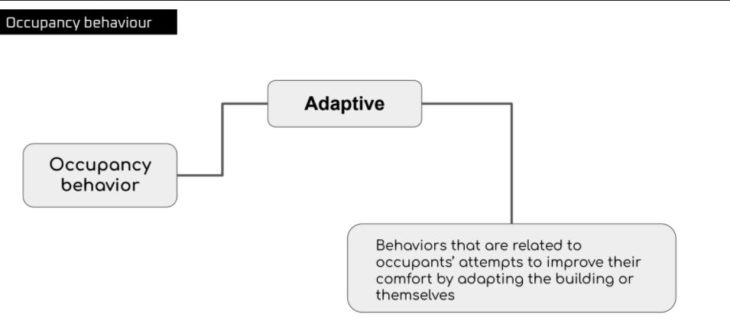
The formalisms classify whether the models predict the occupants’ adaptive actions or the state of the building components with which occupants interact. Hong et al. (2015)
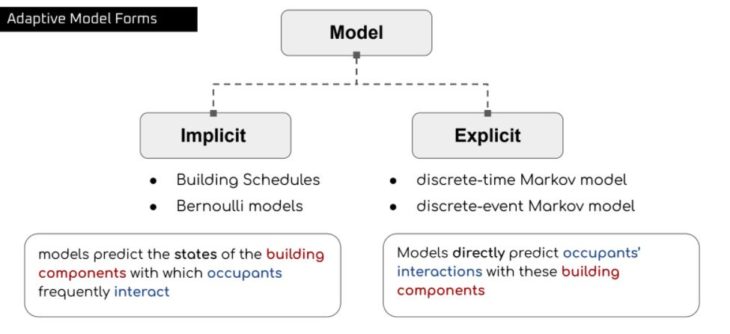
The formalisms classify whether the models predict the occupants’ adaptive actions or the state of the building components with which occupants interact. Hong et al. (2015)
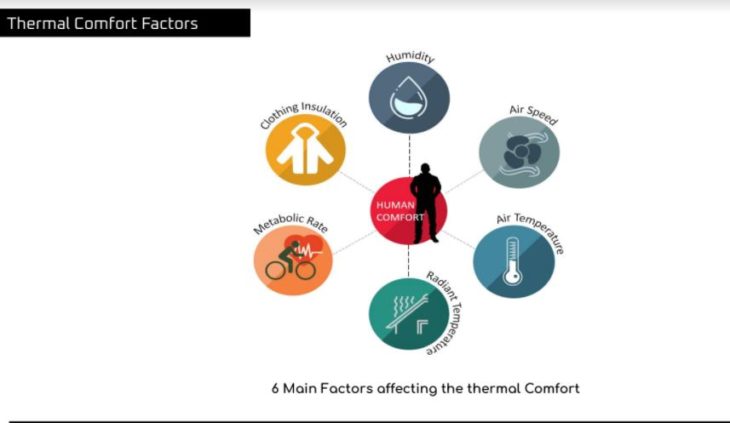
Kumar, P., 2019. Role of CFD in evaluating occupant thermal comfort.

https://www.iea-ebc.org/Data/publications/EBC_Annex%2066_Occupant_Behavior_Modeling_Approaches_and_Evaluation.pdf
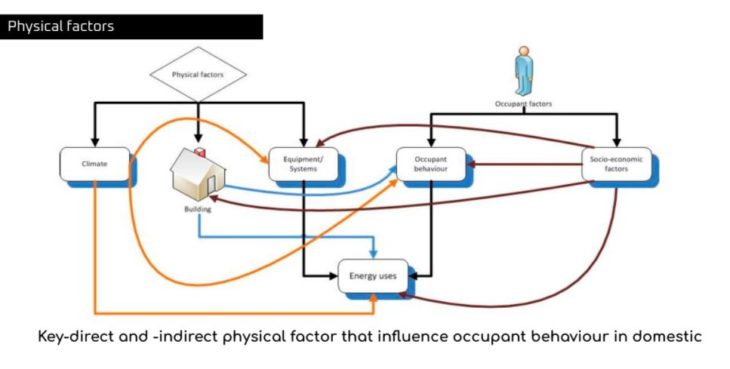
Steemers, K.; Yun, G.Y. Household energy consumption: A study of the role of occupants. Build. Res. Inf. 2009, 37, 625–637. [CrossRef]

(US Department of Energy)
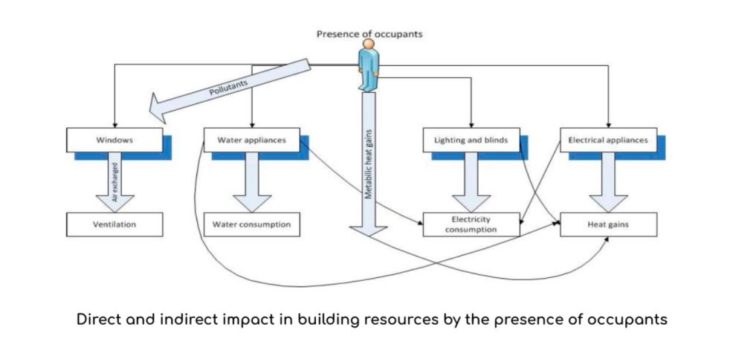
Page, J. Simulating Occupant Presence and Behaviour in Buildings. Ph.D. Thesis, Faculté de L’Environnement Naturel, Architectural et Construit Laboratoire D’Énergie Solaire et Physique du Bâtiment, Lausanne, Switzerland, 2007.
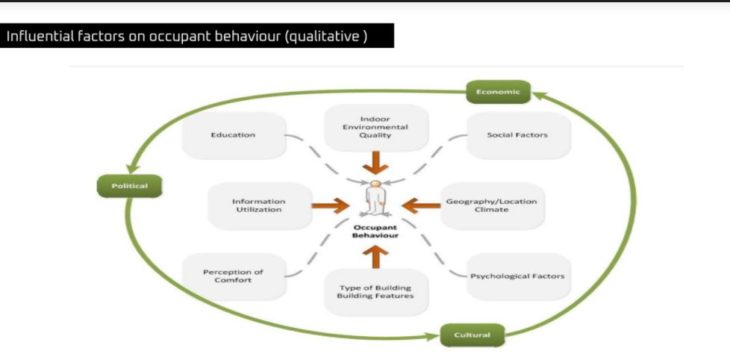
International Energy Agency. Modernising Building Energy Codes to Secure Our Global Energy Future; International Energy Agency: Paris, France, 2013; p. 8.
Simulating People is a project of IAAC, Institute for Advanced Architecture of Catalonia developed at Master in Advanced Computation for Architecture and Design in 2021-2022 by Students: Salma Lasheen, Mohamed Mansour Awais, Muhammed Daniyal Tariq and Faculty: Jane Burry